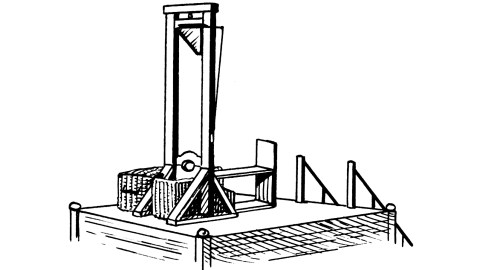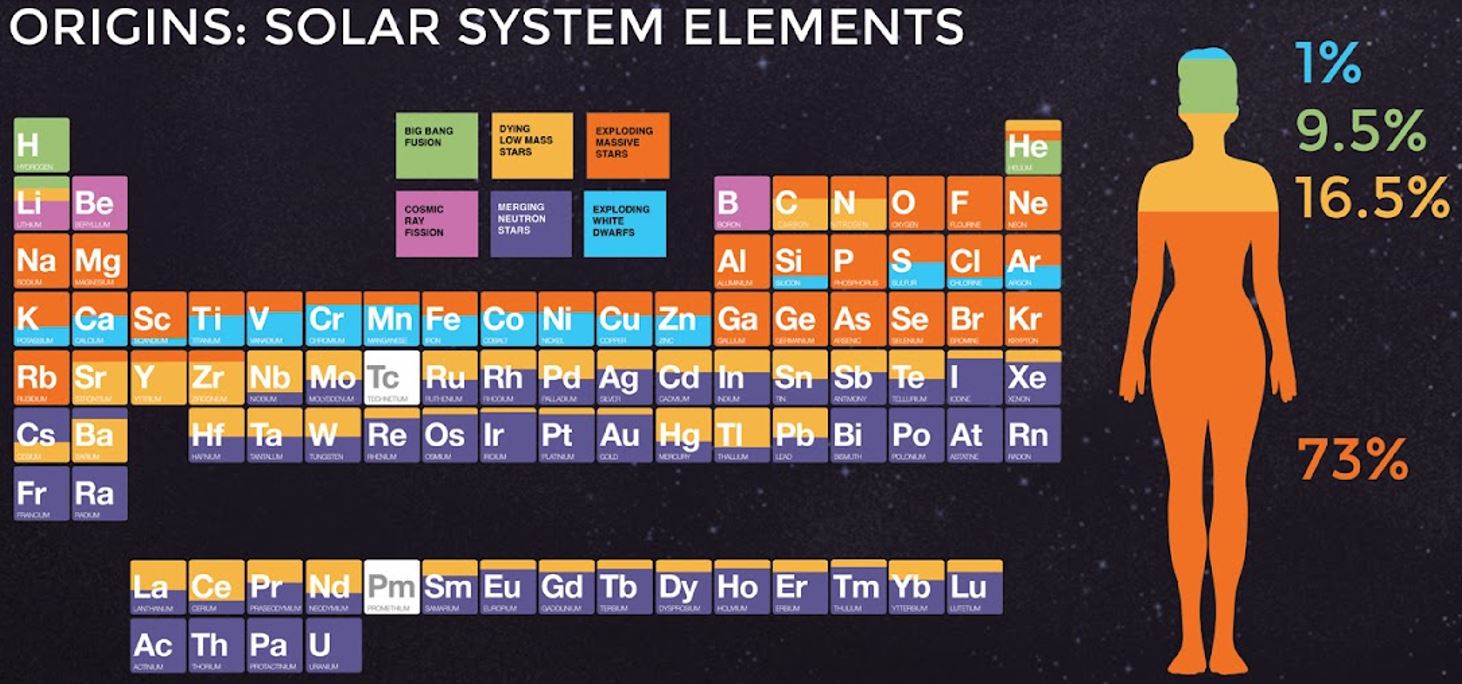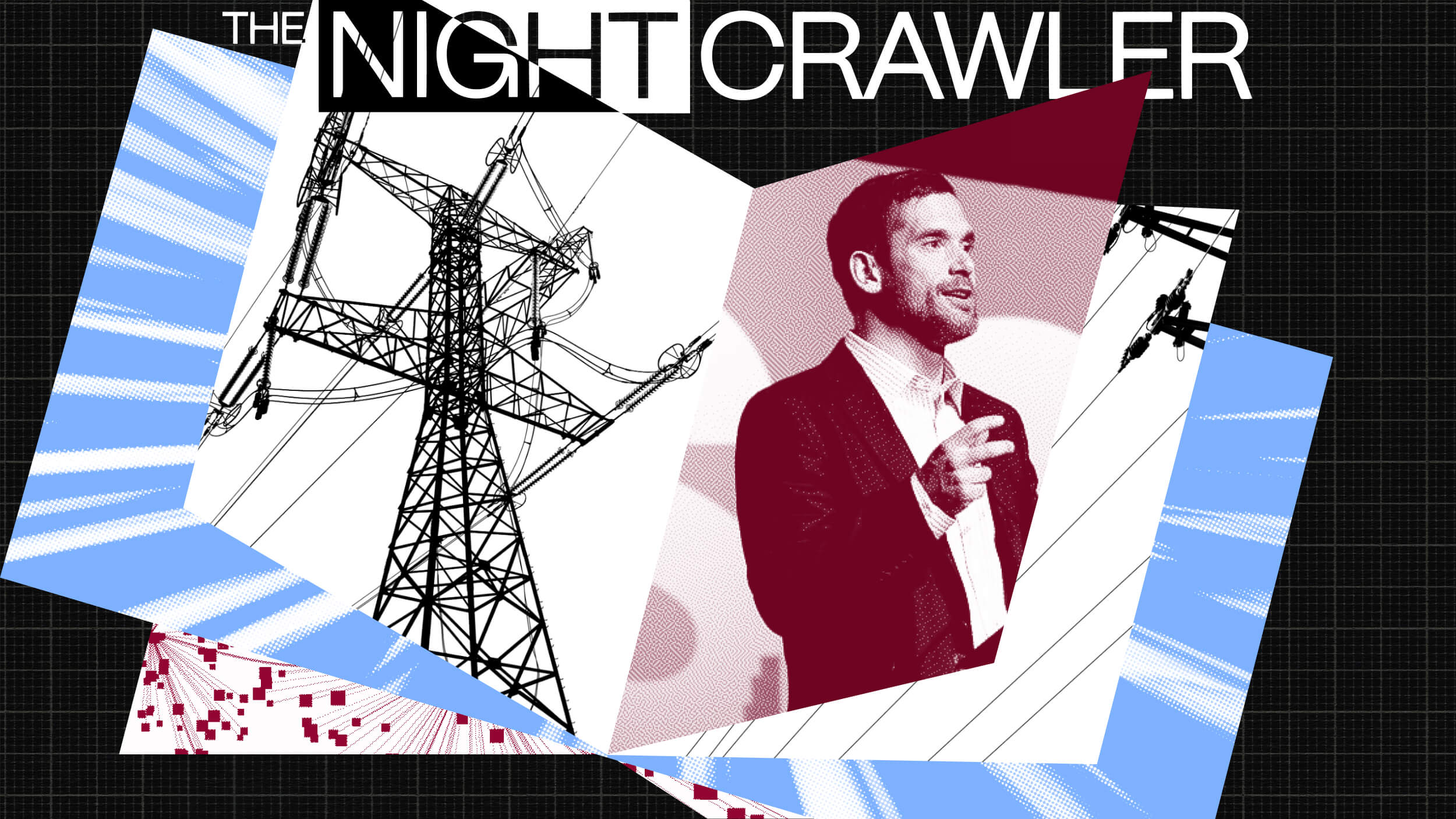Old Ideas That Still Haunt Us: Populism. Federalism. Liberty.

Dizzied and dismayed by the state of American politics, circa 2016, I’ve recently been reading a bunch of books about my country’s origins, most recently David McCullough’s John Adams and Ron Chernow’s Alexander Hamilton (which fans will recognize as the inspiration for Hamilton: The Musical). This post, too, was inspired by Chernow’s book, whose subject fought relentlessly and with great success to establish a powerful federal U.S. government where none existed, making a lifelong enemy of Thomas Jefferson (and many others) in the process.
These recent readings and the mad, mad 2016 presidential race have left me trying to wrap my mind around the themes that dominated our political conversations then and now in order to better understand what America’s about, or what it thinks it’s about. It’s like wrestling a greased hippopotamus.
I think it would be fair to say that the leaders of the American Revolution were, by virtue of the fact that they led a revolution to topple a monarchy in favor of (more or less) democratic rule, all on the political Left of their time. On the Right were Tories––American supporters of the British monarchy, an unwise camp to belong to by 1783 unless you were partial to tar and feathers.
But the French Revolution that followed ours ripped a schism right down the middle of the early American left, forcing revolutionary heroes like Hamilton and Jefferson to take sides as the Jacobins began lopping heads off at an alarming rate. Wary even during the American Revolution of the dangers of “mob rule,” Hamilton was horrified at what Robespierre and his crew were up to, and openly condemned the bloodshed as barbarous. Prophetically, Hamilton predicted that France would end up under autocratic rule as a result (enter Napoleon, just five years after the French revolution ended). Jefferson on the other hand, from the comfort of his Monticello plantation, declaimed that “The tree of liberty must be refreshed from time to time with the blood of patriots & tyrants. It is its natural manure.” Political clubs sprang up in Philadelphia and New York in full support of the French Revolution, periodically threatening to overthrow President John Adams.
This political split coincided with (and to some extent fueled) the rise of a two party system (from a no-party system, which George Washington and John Adams strongly preferred) in the early United States. Hamilton led the Federalists, who believed in a strong Federal government to bind the states together, and Jefferson emerged as the hero of the Republicans (no relation to the present-day party), who preferred a loose affiliation of self-governing, independent states. Republicans used the propaganda of populism, attacking Hamilton’s Federalists as enemies of the people––a bunch of elitists eager to restore monarchy. This was ironic, considering that Jefferson, Madison, and other Republican leaders were wealthy slaveholding plantation owners, and that Hamilton opposed “mob rule” for fear that it would lead to autocracy. Republicans opposed the idea of a standing army, or a central bank, or anything else that might concentrate power in Federal hands.
At first glance this split on the early American left seems very loosely analogous to the 2016 election divide between Hillary and Bernie supporters, with Hillary representing Federal power as usual and Bernie representing the radical progressive/populist wing of the party. Bernie’s supporters were arguably more eager than Hillary’s to see old institutions torn down (though as yet they’re not into beheading). But the analogy ends there, and not only because both Bernie and Hillary (being present-day Democrats) support the broad use of Federal power (a hallmark of today’s political Left), while the Right wants the Federal government more or less nonexistent (except when it comes to maintaining a powerful military and things like banning abortion). While Jefferson’s Republicans might look on the surface more “progressive” than the Federalists in their apparent support of the (white) disenfranchised, they were also, let’s be honest, eager to keep Washington’s hands off of their slaves and their tobacco profits, while Hamilton was a fervent, consistent abolitionist. As Lou Reed once put it, “those was different times.”
One overlap is the populism/elitism binary. It seems that since our earliest days, claims of sympathy with the “average Joe” as against big money or Washington elites have been powerful political mojo. Bernie Sanders (unlike, say, Jefferson or Trump) seems to walk the walk, too – but some of the rhetorical forces and the emotional veins all populists mine are the same.
Jefferson won the propaganda war of history against his rival, Hamilton. We remember him as the father of American liberty, mainly because Lincoln convinced America that the Declaration of Independence was our founding document (as opposed to the Constitution, which Hamilton fought hard to see ratified). Hamilton, on the other hand, has been maligned from John Adams on as a cocky upstart who (as the founder of the first Federal bank) unleashed the forces of free market capitalism (as opposed to humanitarianism) upon an unsuspecting American public.
Interestingly it turns out that the idea of Hamilton as an overly ambitious, foreign upstart was heavily promoted by John Adams, who was offended by the fact that Hamilton was foreign born (Nevis, West Indies), of dubious parentage, and (seemingly out of nowhere) incredibly powerful in US politics by the time Adams returned from Revolutionary war diplomatic missions to France and the Netherlands. It was nativist, birther propaganda worthy of, say, a Donald Trump.
Chernow’s book aims to set the Hamiltonian record straight, as does Lin-Manuel Miranda’s cultural juggernaut of a musical. There’s no question that Hamilton was driven and ambitious, partly (Chernow argues) because of his difficult upbringing. He was also intensely hardworking, honest, and consistent in his views––fighting fervently for the adoption of the Constitution (he organized the Federalist papers –– a massive series of 85 essays in defense of the as-yet-to-be-ratified document, writing two thirds of them himself) and, relatedly, for institutions like the Treasury that would cement the power of the new Federal government. He believed that this power was essential to keeping the newly formed nation from fragmenting along fault lines such as slavery (which, of course, later happened). Hamilton could be Machiavellian, too, in service of his political aims, but hey, that was politics circa 1790. Still is.
Surveying the presidential race of 2016, the big themes are still with us: Populism, nativism, the power of the state vs. the rights and freedoms of individual Americans. Trump is a populist, fanning the flames of racial and economic resentment among a fanbase that sees itself as fast losing traction in the culture and job wars. He’s also an autocrat who promises to use powers the Federal government doesn’t have to make all kinds of sweeping changes––the Wall, abolishing the Common Core, and so on. Bernie was a populist, too, an open enemy of the capitalist institutions Hamilton supported and a champion of the disenfranchised. Cruz wanted to abolish the IRS and other bastions of the Federal power for which Hamilton laid the foundations.
Still with us, too, are politicians who cynically manipulate these deep fissures and big ideas in American society for personal and political gain, leaving us desperate for “authenticity”. The problem is that authenticity itself is often used as a propaganda tool. Both Bernie and Trump are beloved by fans for their authenticity. But Bernie’s ideological record is remarkably consistent, while Trump consistently lies and shifts position without logic or justification. Yet Trump does say whatever he wants to, whenever he wants to. How can both of these men embody “authenticity” for so many Americans?
Well, as much as we can complain about the media, our political forefathers may still have us beat. While most present-day news outlets lean one way or the other politically, at least we have some concept of journalistic objectivity and integrity. America’s first newspapers were literal propaganda machines for the parties, full of viciously, preposterously false political diatribes (often written anonymously by Hamilton, Jefferson, and their proxies) in language even Donald Trump might consider colorful. You may hate the New York Times or the Washington Post, but believe me––they’ve got NOTHING on the National Aegis. And maybe that’s the most important lesson our history has to teach us –– that we’ve never fallen quite as far as we think we have from the proverbial tree. And that politically abused as they often are, a small handful of ideas and their real-world consequences continue to shape the American experiment.
CORRECTION: an earlier version of this post erroneously referred to Jefferson’s political party as the Democratic, rather than the Republican party. Thanks to the reader who pointed this out.
—
@jgots is me on Twitter
You might also like our podcast, Think Again, where we surprise smart people with unexpected ideas. Salman Rushdie, Saul Williams, Maria Popova, Maira Kalman, George Takei, Henry Rollins, Sam Harris and more have been on.
And wait – there’s more! You can catch Think Again LIVE this May as part of NYC Podfest. Our guest is Tony-Award Winning playwright Sarah Jones. Details and tix here: bit.ly/1PgmRNJ




